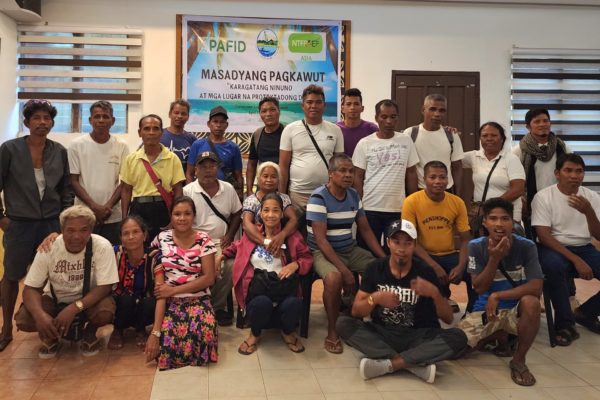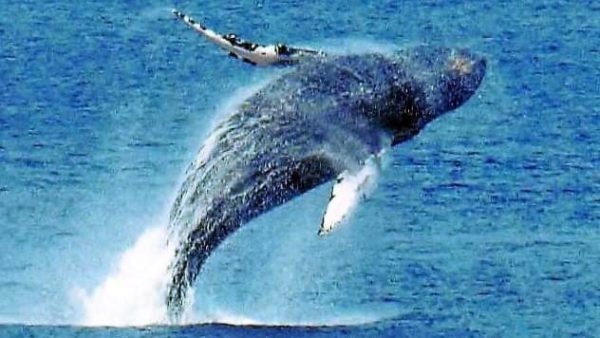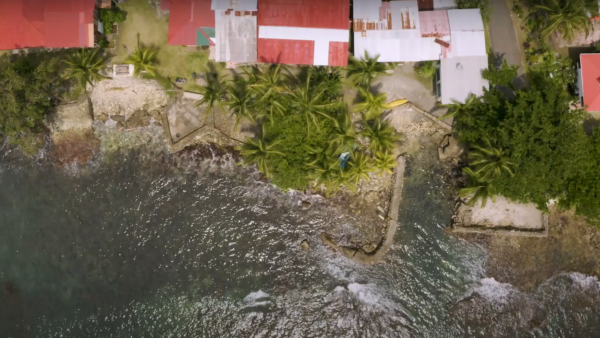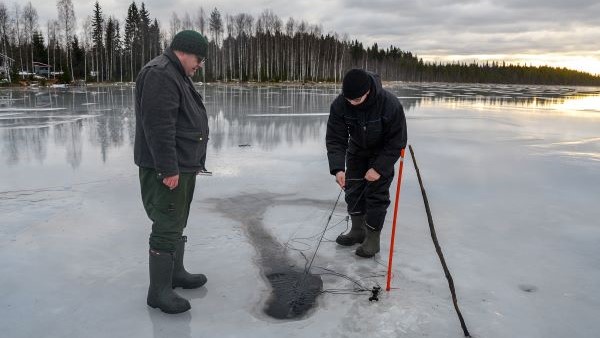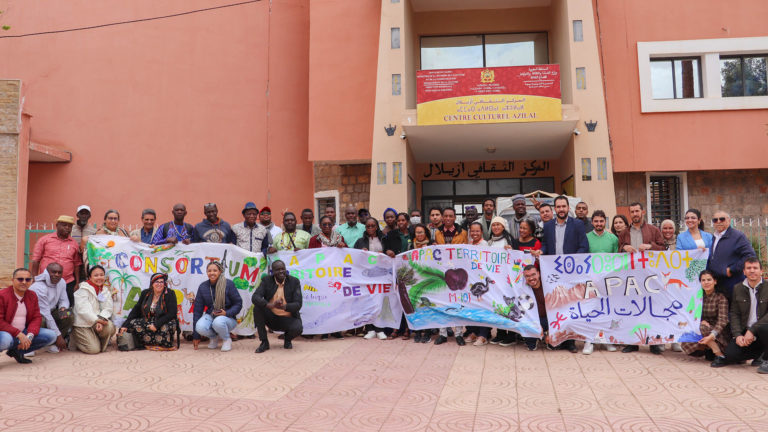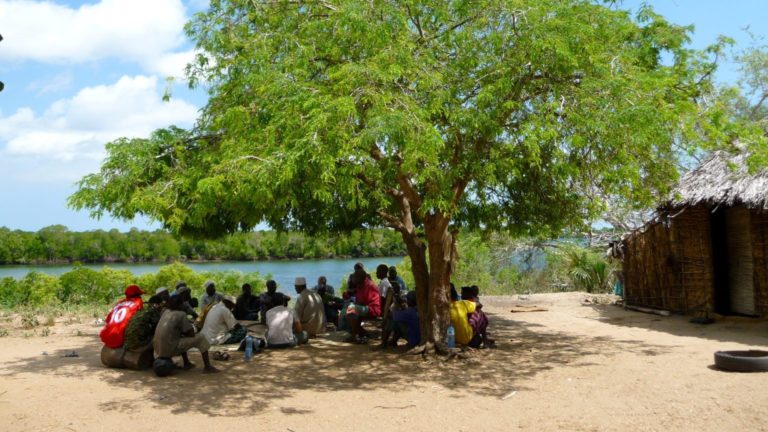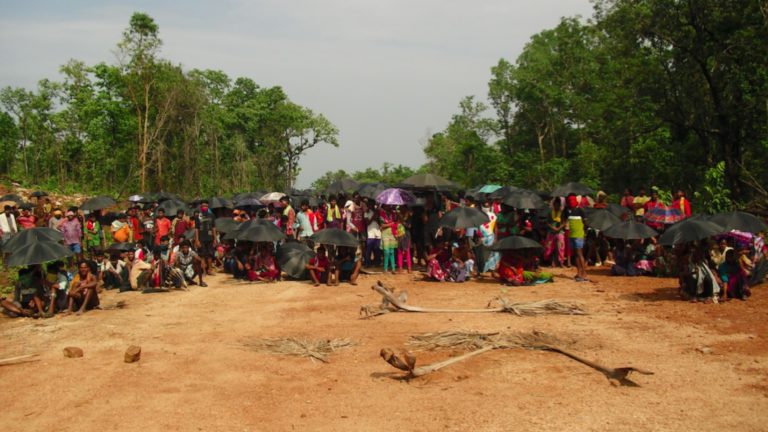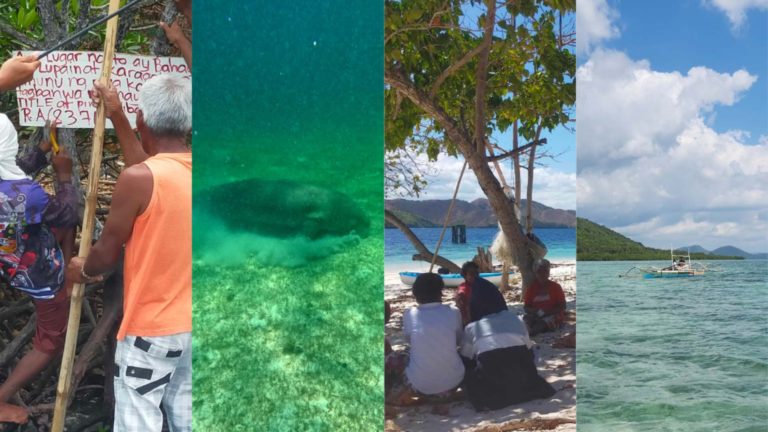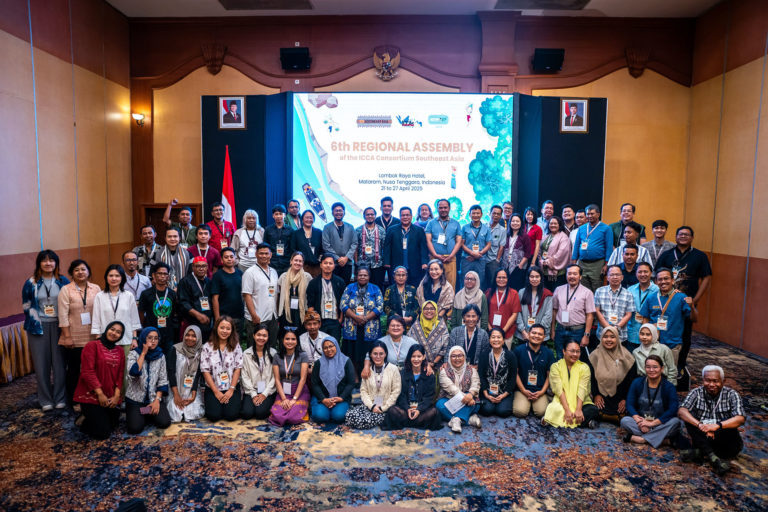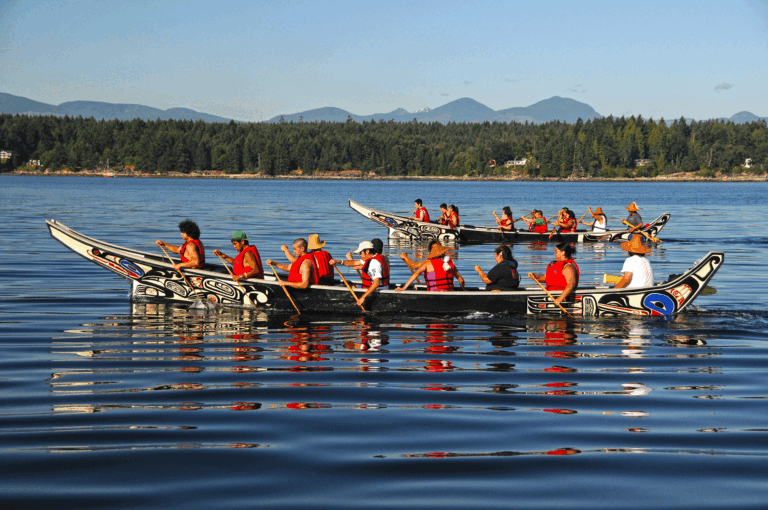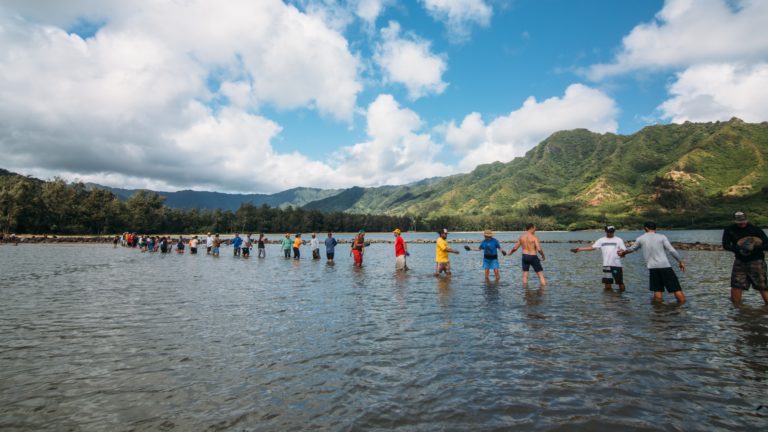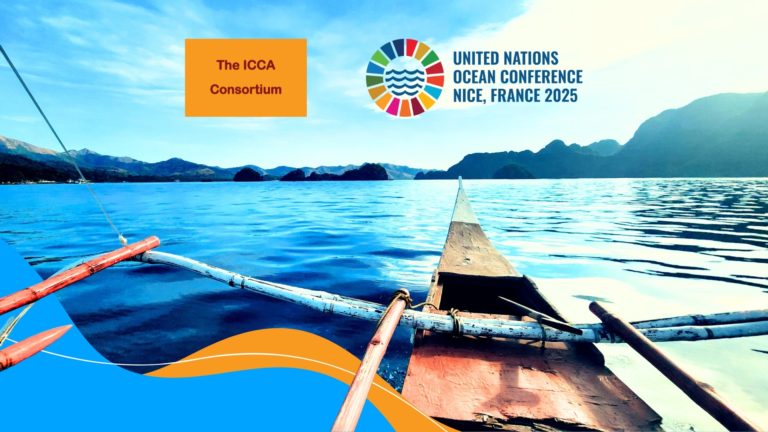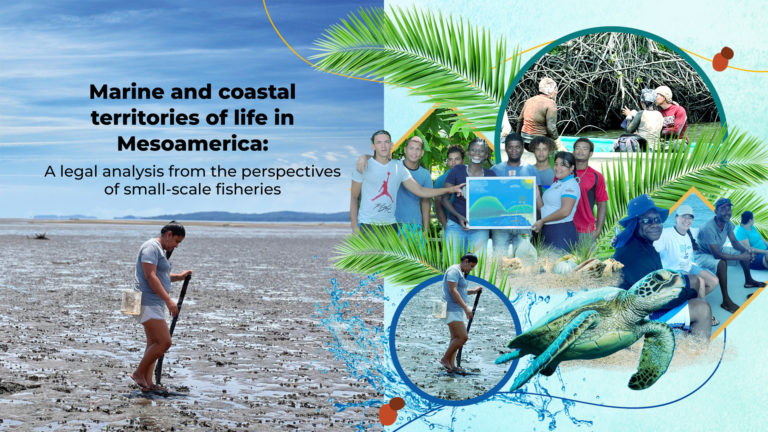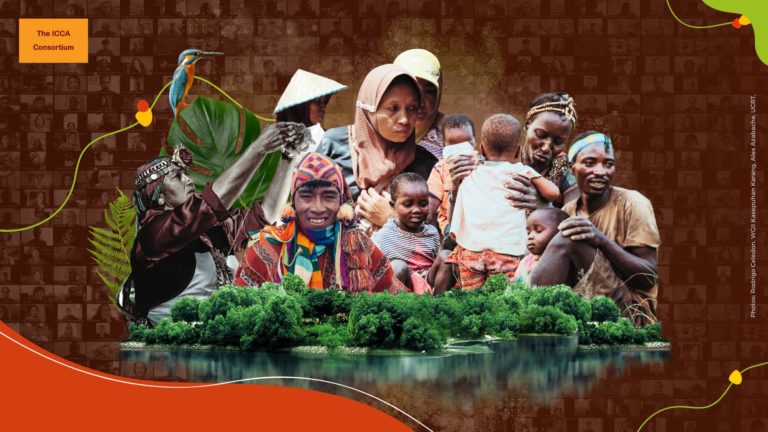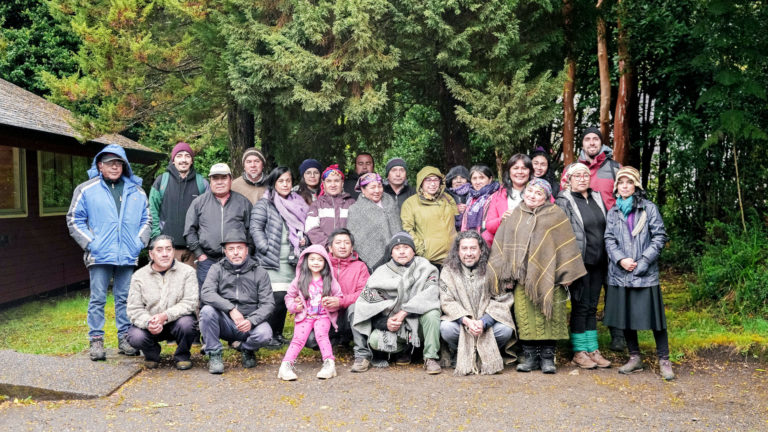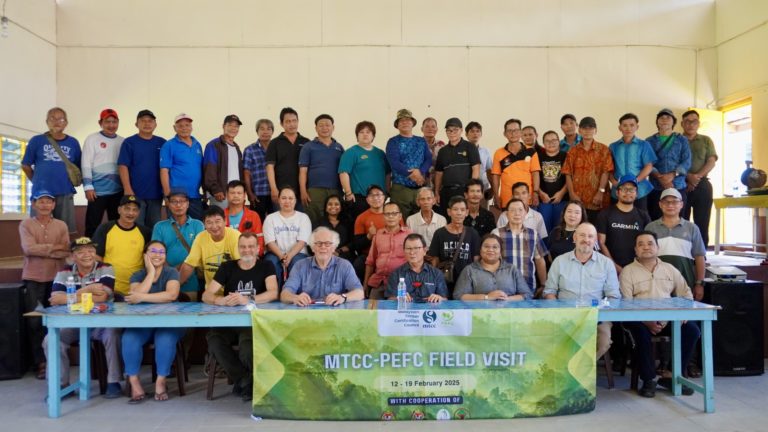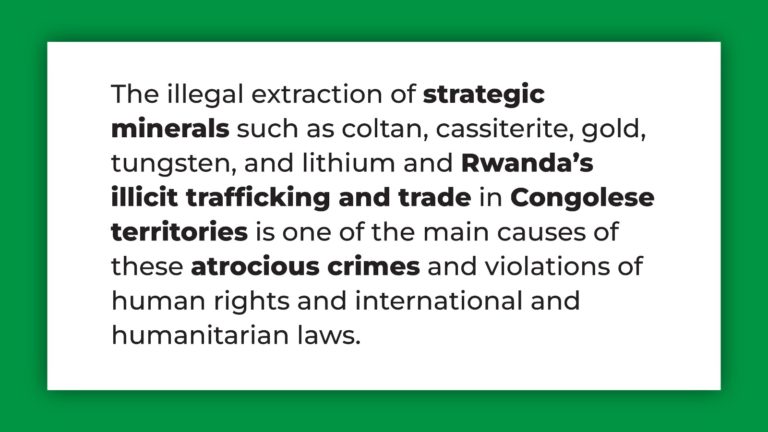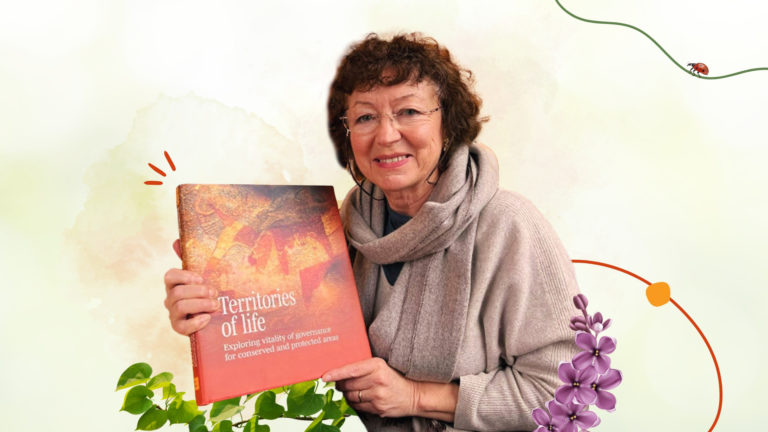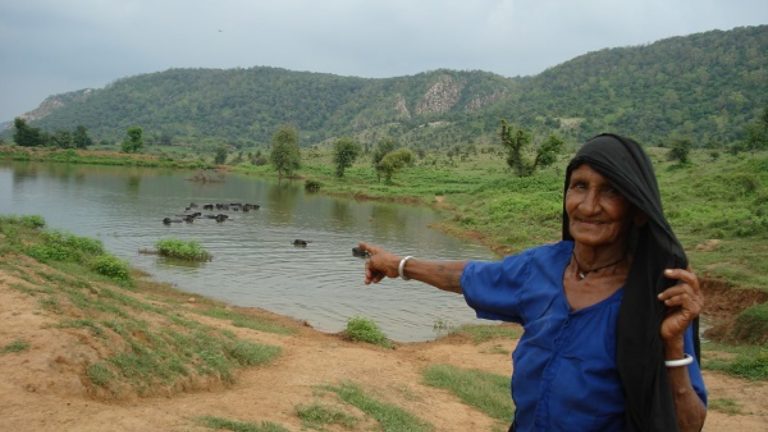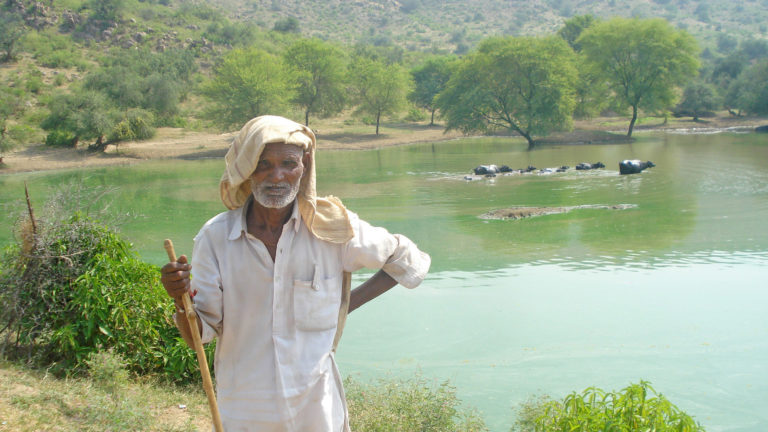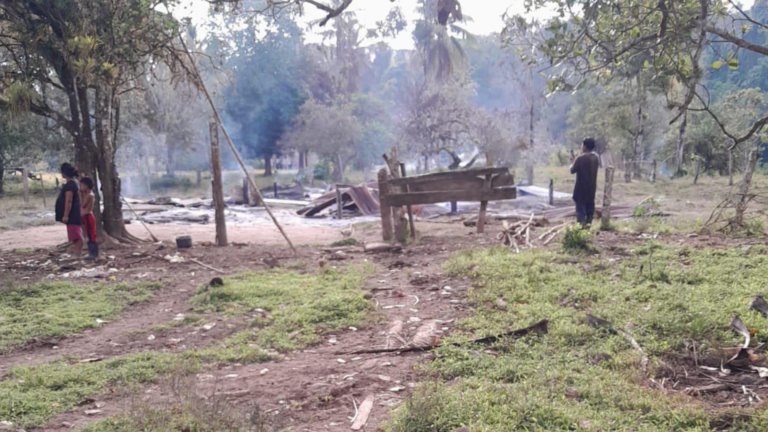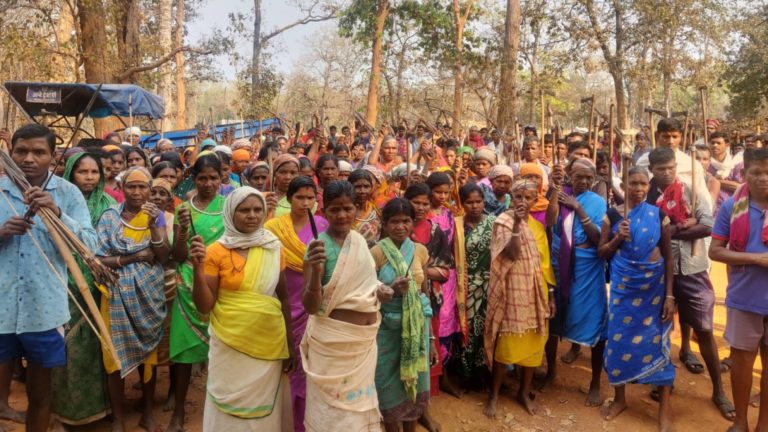By Femy Pinto (NTFP-EP);
Giovanni Reyes (The Philippines’ ICCA Consortium – Bukluran);
Shane Naguit (The Samdhana Institute);
Kim Reina Toyongan (The Philippines’ ICCA Consortium – Bukluran); and
Dave de Vera (Philippines Association for Intercultural Development – PAFID)
Coron Island in the Calamian group of islands in the province of Palawan, the Philippines — a stunningly beautiful limestone island — is home to the Tagbanwa Indigenous People. To sustain their territory of life, the Tagbanwa People have established customary regulations on sustainably using the forest and aquatic resources of the island.
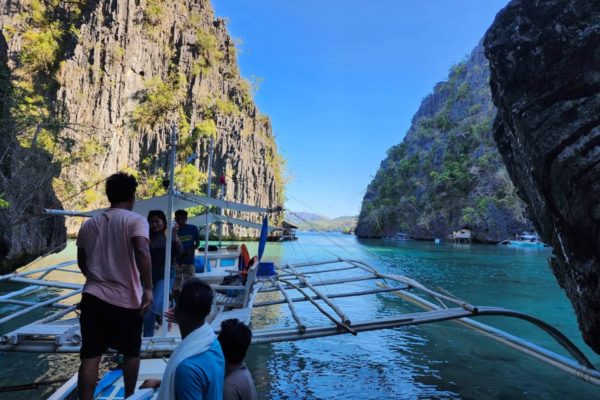
In the Calamianes, and even in the Philippines, Coron Island is known for having the cleanest inland bodies of water. The territory has twelve freshwater lakes — all sacred — with two lakes open for visitors. The community visits the sacred lakes for cultural practices and to access the birds’ nests. The birds’ nests are a precious resource offering livelihoods to elders and the local youth.
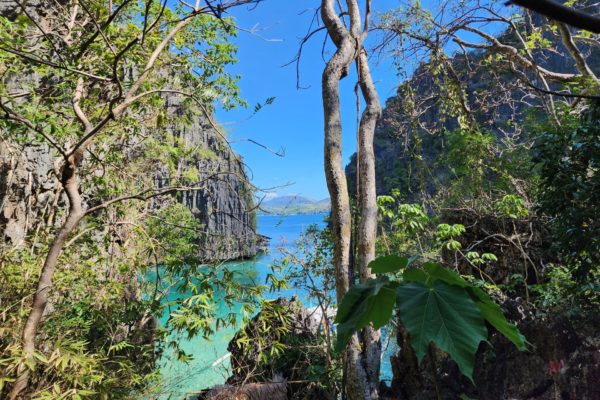
Outsiders, including tourists, are allowed to visit two lakes under the guidance and supervision of Indigenous guides. For outsiders, the accessible lakes are Kayangan and Barracuda (a portion of which is shown in the photo below); visits are allowed during the day, and visitors are not allowed to remain at night.
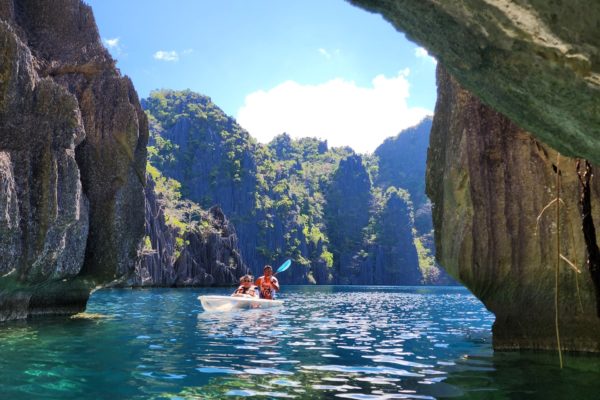
Tagbanwa People are proud that they can pursue the Indigenous governance and management systems to defend their territory. The success in self-determination related to governance and management of their territory is hard fought. It took almost two decades of organized efforts before the Tagbanwa People secured collective rights over the two islands and the surrounding waters from the government. The ‘Certificate of Ancestral Domain Title’ was issued for 22,284 hectares of land and marine waters in 2001.
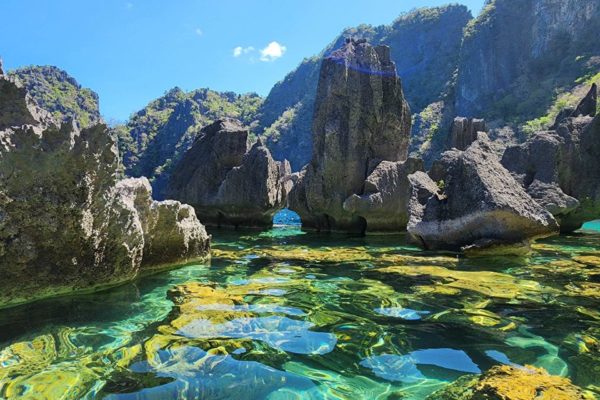
Documentation of the Tagbanwa ancestral waters started in the mid-1980s when the People organized themselves into the Tagbanwa Foundation of Coron Island. With the help of the Philippines Association for Intercultural Development (PAFID) – a Filipino NGO – they documented their territory using Indigenous Knowledge, implemented a participatory mapping process, and led advocacy with the government agencies to secure the recognition of their territorial rights.
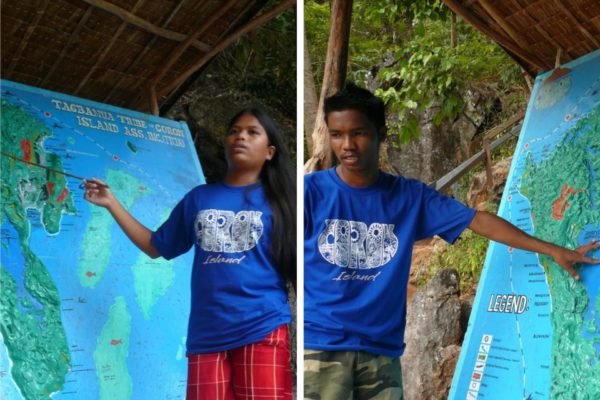
For most of the last two decades, the territory of life of the Tagbanwa People – Coron Island –has been one of the most sustainable tourism destinations in the Philippines, thanks to enforced customary regulations. But this is challenging. There are pressures especially to allow tourism activities and infrastructures in other sacred areas. Currently, tourism is the single largest source of income in the territory. The income from tourism was initially planned to support public education and health expenditures.
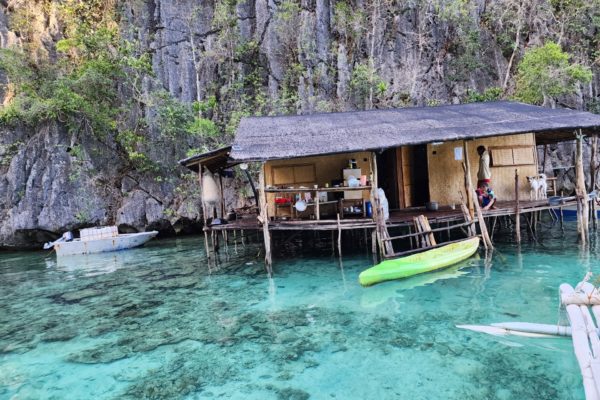
More than a decade after the state recognized customary land rights, challenges remain in the Coron territory of life. Still, the Tagbanwa youth are well organized and strive for the social-ecological integrity of the territory. They have also been vocal in expressing their concerns about the different pressures on their ancestral waters and traditional governance.
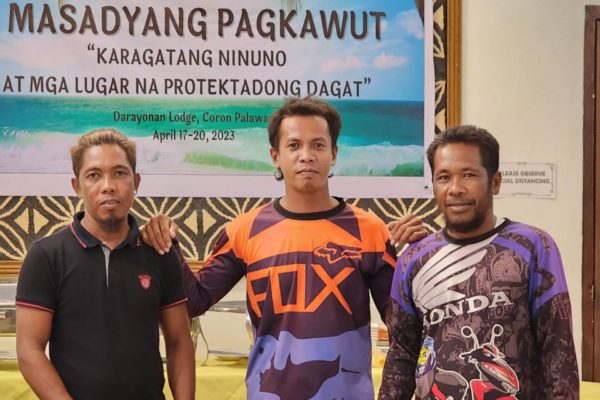
The Tagbanwa Indigenous Youth took the leadership to organize a sub-national consultation workshop titled “Ancestral Waters and Marine Protected Areas” on April 18 and 19, 2023, in Coron. The Workshop was co-organized by the Philippines’ ICCA Consortium – Bukluran, PAFID, and NTFP-EP with the local support of Samdhana and Saragpunta.
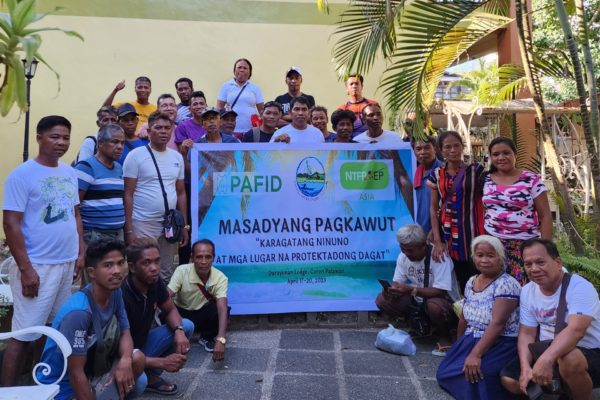
The workshop has served as a dialogue platform for all interested people in the community to address and respect diverse views about the future of governance in their beloved territory of life. It took place in the context of emerging challenges within the community and efforts by governments and conservation NGOs to establish state-sanctioned “Marine Protected Areas.” In the photos are representatives from the four groups of islands in the Calamianes comprising the Tagbanwa Ancestral Waters: Bulalacao, Lajala, and Marcilla; Coron Island; Buenavista, Tara, Decabobo; and Culion, Calauit and Busuanga.
